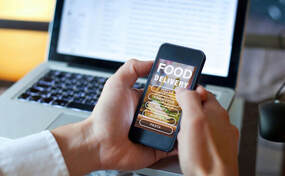 What technology makes the most sense for you adopt in your restaurant? Much of it depends on your service category and your guests’ attitudes about using tech, according to new research published by the National Restaurant Association. In the association’s first post-pandemic research about technology integration in restaurants, it found that while three-quarters of operators say using technology gives them a competitive edge, many still see opportunities to do more with it. While some tech that makes perfect sense in a quick-service setting would feel out of place in a fine dining restaurant, a universal theme came through in the research: Guests across the board like technology that facilitates ordering and payment – whether that happens via a smartphone app or a tablet at the table. If you can identify bottlenecks in this area and resolve them in ways that are intuitive for your guest demographic, this could be a helpful place to focus future tech investment. It may help you capitalize on the final interactions you have with guests before they collect their order from you or leave your restaurant after a meal. When their experience is smooth, they are primed to join your loyalty program, leave a positive online review, or share photos of their experience with friends. Does your existing tech provide an easy and positive final interaction with a guest?  Much as some consumers – and restaurant operators – might worry that technology is gradually replacing the human touch in restaurants, the businesses that can find the sweet spot between tech and human connection are in a powerful place. They not only know how to provide great service, but they also know what specific messages have the best chance of connecting with guests and motivating them to visit repeatedly. This recent Fast Company interview with restaurateur Danny Meyer demonstrates what can happen when that is missing: Meyer shared a story about an occasion when his restaurants sent out a mass email to all customers on their list. At the time, the restaurants were trying to fill tables during a snowstorm, and the email invited guests to bring their own bottles of wine to the restaurant and have them served with no corkage fee. But for the email recipients who didn’t drink alcohol, the message did not connect (at best) and in some cases even caused offense. Imagine how that attempt at engagement might have gone differently if the message about wine was directed to just the wine connoisseurs in their guest database, and separate offers were sent to similarly specific segments of guests. They would have ensured that the guests who responded to the offers were primed to have a good experience there. Just as importantly, they would have avoided turning off a guest who had already bought into their brand and willingly shared their email address, thinking the restaurant was a business who understood their preferences. Do the systems you have in place help you create the kinds of offers that connect with guests and make them feel understood?  We live in an age where businesses prize loyalty and are competing to get it from customers through loyalty programs. There are good reasons for it. These programs encourage repeat guests and boost a restaurant’s guest-retention rate. Retaining guests can mean the difference between thriving and going out of business: Harvard Business School research found that a 5 percent increase in customer retention rates can generate a 25-95 percent jump in profits. But delivering these programs is often imperfect. Guests are looking for a deal and may find loopholes in your program that enable them to reuse promo codes and repeatedly get food for significantly less than it’s worth. This is what happened recently for Mattenga’s, a family-owned chain of six pizza restaurants in Texas. As Enga Stanfield, the owner-operator, shared in an episode of her “Making Dough Show” on Youtube, a twice-weekly guest at their restaurant was able to take advantage of a loophole in their POS and use a promo code 19 times in different Mattenga’s locations over a short period. As a result, he was paying no more than a couple of dollars for each of his meals. Staff alerted Stanfield to the issue and she decided to “fire” the guest – a necessary step at times, even in a business built around pleasing customers. But she did it in a way that took ownership for the flaw in their system and also protected staff. She emailed the person and said they could no longer serve him. But she explained that the promo code issues were their fault – they were working on correcting them but could not afford a more advanced system at the moment. She went on to say that as a family-owned business, Mattenga’s cannot serve him and still afford to pay staff and cover other costs. She then explained, professionally, that she had instructed managers to refuse him service going forward, even if he pays full price, and that any of his friends or family who misuse the system will be refused service as well. If he comes into their restaurant and makes a scene, staff will call the police. It’s a situation you may encounter with guests who feel entitled – and how you handle it can impact profits, as well as the quality of your work environment. 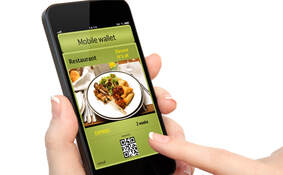 The fees charged by third-party delivery providers can take a painful bite out of already-slim restaurant profits. But your tech can make it easier and more appealing for customers to come straight to you. A recent report from QSR Magazine points to how the hotel industry has successfully done a similar thing over the years. Consider some value-added offerings that don’t cost you much but lift the experience you give to guests who order food directly from you. That could be offering a free drink with orders placed via your website or app – or subsidizing all or part of the delivery fee. Lean on your loyalty program to hook your customers. They have little reason to go elsewhere if they know you’re prompting them with targeted offers that are likely to appeal to them based on their past orders. Attract customers to your restaurant by providing enough appealing menu items on third-party delivery sites to entice them, but save a good number of options for the menu you use for your direct customers – and promote the benefits of coming to you directly. No one likes missing out. 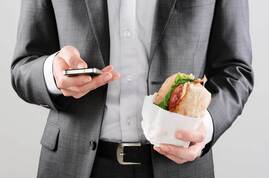 For restaurants, guest data is the key to better sales, menu development and loyalty. But in an age of increasing cyber risk, what if some guests don’t want to share their information – or are turned off when you ask for it? First, make it easy and fast for them to share it, without a lot of discussion, clicks or scrolling required. Clarify how you will and won’t be using their information – and what benefits they will receive as a result, including special discounts, shorter wait times, member rewards or customized offers. Finally, make them feel safe – not only through your use of secure technology but also by ensuring their interactions with your staff feel genuine. Collect only the information you need and reinforce your commitment to protecting their safety and privacy. 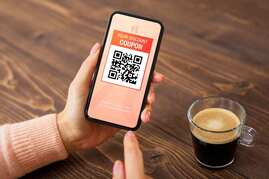 While it seems like every restaurant has a loyalty program these days, there is significant room for improvement: According to new research from Mercator Advisory Group, only 22 percent of consumers are satisfied with the level of personalization offered by their loyalty programs. Harnessing guest data can help you up your game. Make sure your program is connected to every place a customer can place an order with you, online and off, so you can collect transactional data and use it to personalize your efforts to upsell and cross-sell items, or to target them with exclusive limited-time offers or invitations. A QSRweb report says this approach can help you present real-time promotions that are more likely to hit the mark with guests, like offering a discount on two large pizzas to the subset of visitors who would normally order just one.  Stability is hard to come by in the restaurant industry – but your technology may help you build and maintain it. According to new research from Paytronix Systems on consumers who own high numbers of connected devices, there is much loyalty – and therefore stability – among these consumers. The research found that 60 percent of high-tech consumers participate in loyalty programs at quick-service restaurants and 75 percent participate at table-service restaurants. High-tech consumers are also far more aware of and eager to adopt subscription programs, with 40 percent being “very” or “extremely” familiar with restaurant subscription services – as opposed to the 21 percent average for the general sample surveyed. 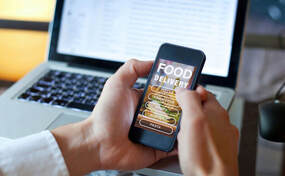 At a time when restaurants are having to run on especially thin margins, knowing who your most profitable guests are can be a big advantage. According to a new survey of more than 2,000 U.S. consumers, you will likely do well by focusing on your higher-tech guests – and serving and rewarding them through your mobile app. More than half of survey respondents cited mobile app availability as central to their willingness to spend more money. What’s more, your app can help secure their business for the longer term. An overwhelming 79 percent of respondents said they use mobile apps to connect with restaurant reward offerings. These guests are also the most likely to be interested in taking part in subscription offers. 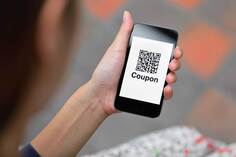 Staffing is difficult enough right now – but it’s even more challenging when an operator must schedule a team to work an unpredictable, potentially sleepy day part. (It’s part of the reason why companies like First Watch have a single, 7 a.m. to 2:30 p.m. shift.) But what if there were another way? The technology you use to customize data-driven, strategic guest offers is designed to improve sales performance during specific day parts. When you have improved, consistent traffic, you require more hours from staff, who are now able to get the hours and pay they need to stay with the business. Is there a day part in your business that has great potential but needs a lift to be able to retain staff? Consider how you can use your loyalty technology to turn the customer who stops in for an afternoon coffee each day into someone who also comes in for breakfast or lunch. 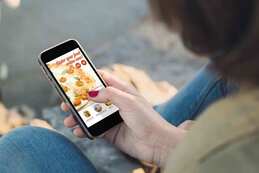 Boosting certain convenience technologies you use in your restaurant could elevate your check totals – or result in your leaving money on the table. That’s according to recent research from Pymts.com, which surveyed consumers about the technologies that most influence their purchasing. The most popular features among respondents were the ability to order online, which 41 percent favored as part of their experience in a restaurant, as well as loyalty programs, which came in at a close second with 39 percent of respondents saying the programs drive them to make a purchase. |
Subscribe to our newsletterArchives
April 2024
Categories
All
|


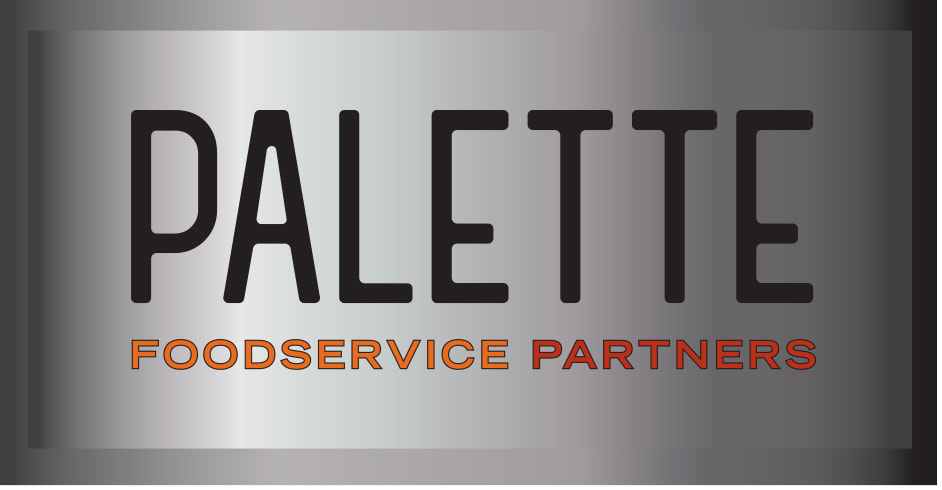
 RSS Feed
RSS Feed